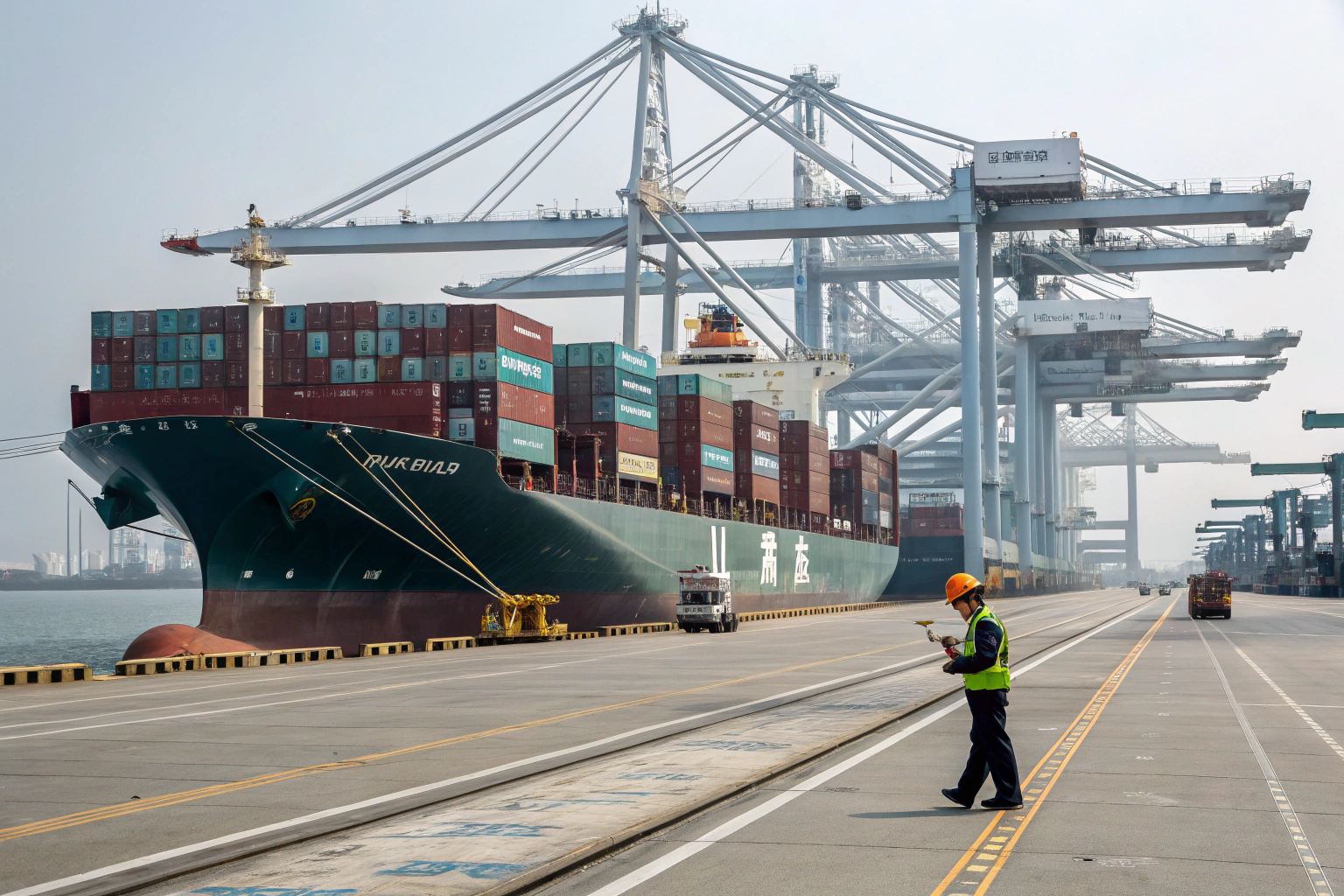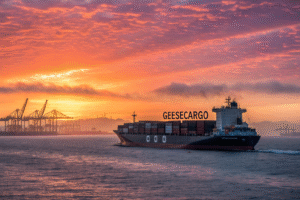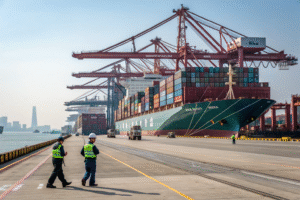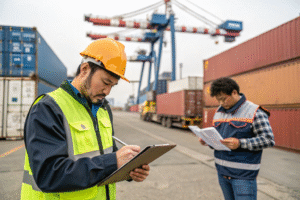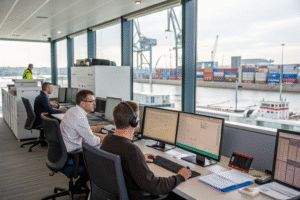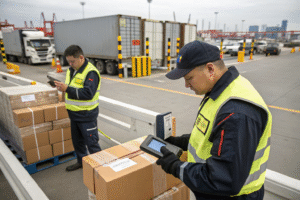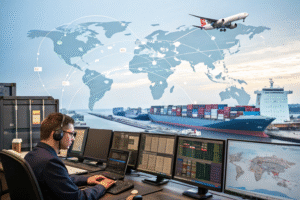When you're importing from China to the United States, one of the most critical logistics decisions you’ll make is which U.S. port your goods will enter. For American business owners like Ron, who sources clothing and accessories in bulk, selecting the right port can influence costs, speed, customs clearance, and even final-mile delivery.
The top U.S. ports for Chinese imports are Los Angeles, Long Beach, New York/New Jersey, Savannah, and Houston—each offering unique advantages in capacity, customs efficiency, and proximity to key markets.
As a freight forwarder who has handled thousands of shipments into the U.S., I can tell you firsthand that understanding your port options—and pairing them with the right inland logistics—can save you time and money.
Why Is Port Selection Critical in Freight Planning?
Not all ports are created equal. Choosing the wrong one can mean extra inland trucking fees, customs bottlenecks, or longer dwell times. The right port sets your delivery schedule up for success.
Port selection determines your customs timeline, delivery speed, inland transport cost, and even carrier availability during peak seasons.
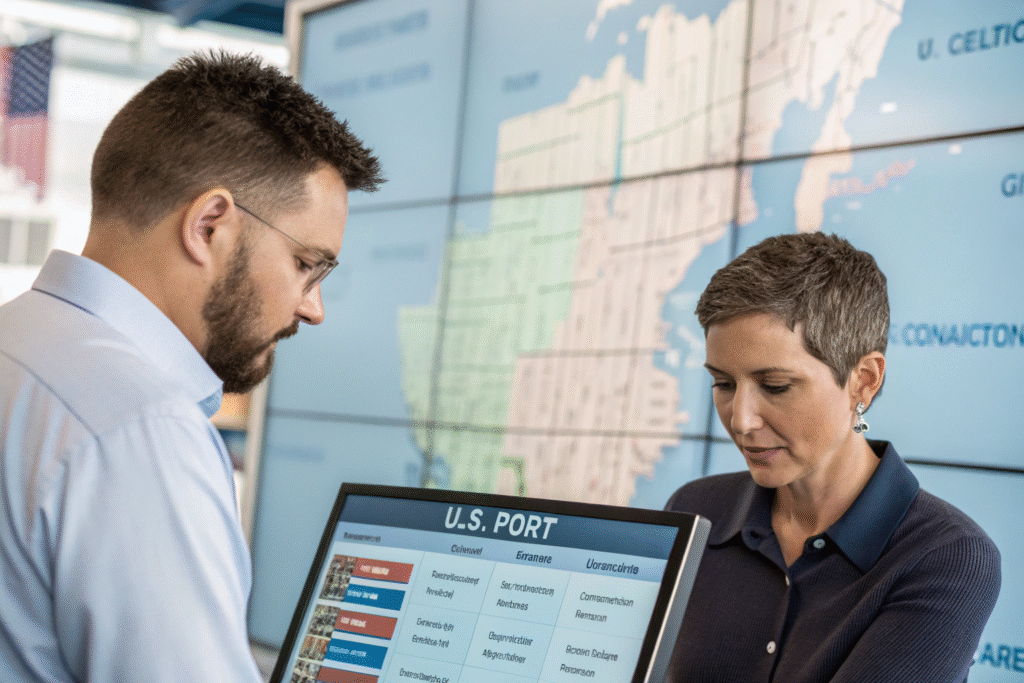
What Should Importers Consider When Choosing a Port?
- Final delivery location (East vs. West Coast)
- Carrier route and port of discharge options
- Port congestion reports
- Inland freight costs
- Customs clearance speed
For example, Ron sells across the U.S., but most inventory lands in Los Angeles due to its short ocean transit time and his West Coast fulfillment hub.
How Do Forwarders Help Choose the Right Port?
We analyze your final delivery points, current shipping line schedules, and transit pricing. If there's a delay at one port (e.g., LA), we recommend alternatives like Oakland or Houston, depending on your supply chain needs.
What Makes the Port of Los Angeles and Long Beach So Popular?
Southern California’s twin ports—LA and Long Beach—handle over 40% of U.S. container imports, with a huge share coming from China. They are often the first stop for East Asian goods headed to American warehouses.
The Port of Los Angeles and Port of Long Beach are the largest entry points for Chinese imports, offering fast trans-Pacific routes, advanced customs infrastructure, and deep carrier availability.
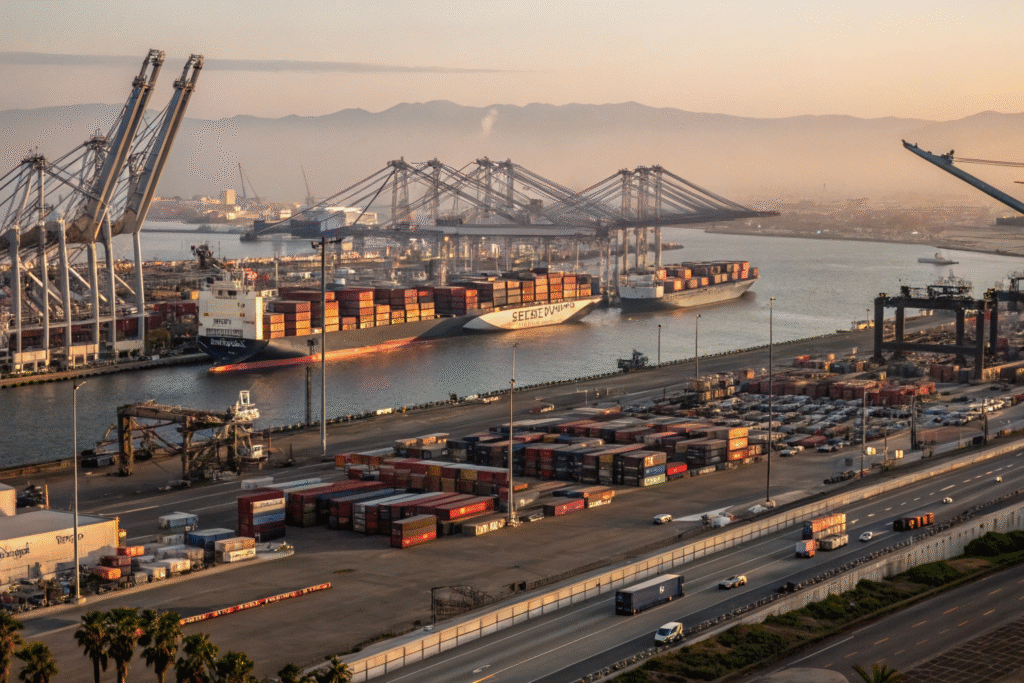
Why Are These Ports the First Choice for Many?
- 12–14 day average transit from China
- Strong infrastructure for high volumes
- Extensive rail networks inland
- Large customs inspection staff
At GeeseCargo, we regularly book shipments into LA/Long Beach for clients like Ron. It’s fast, reliable, and connects well with 3PLs across California.
What Are the Drawbacks?
During Q4 or Chinese New Year rushes, these ports get congested. We've seen dwell times hit 10+ days. In those cases, we reroute to Oakland or Houston to avoid backups.
What Are the Advantages of East Coast Ports?
If your end customer is on the East Coast or Midwest, using an East Coast port can cut inland transport costs—even if the ocean leg is longer.
Ports like New York/New Jersey, Savannah, and Charleston offer strong customs systems, modern terminals, and direct shipping lanes via the Panama Canal.
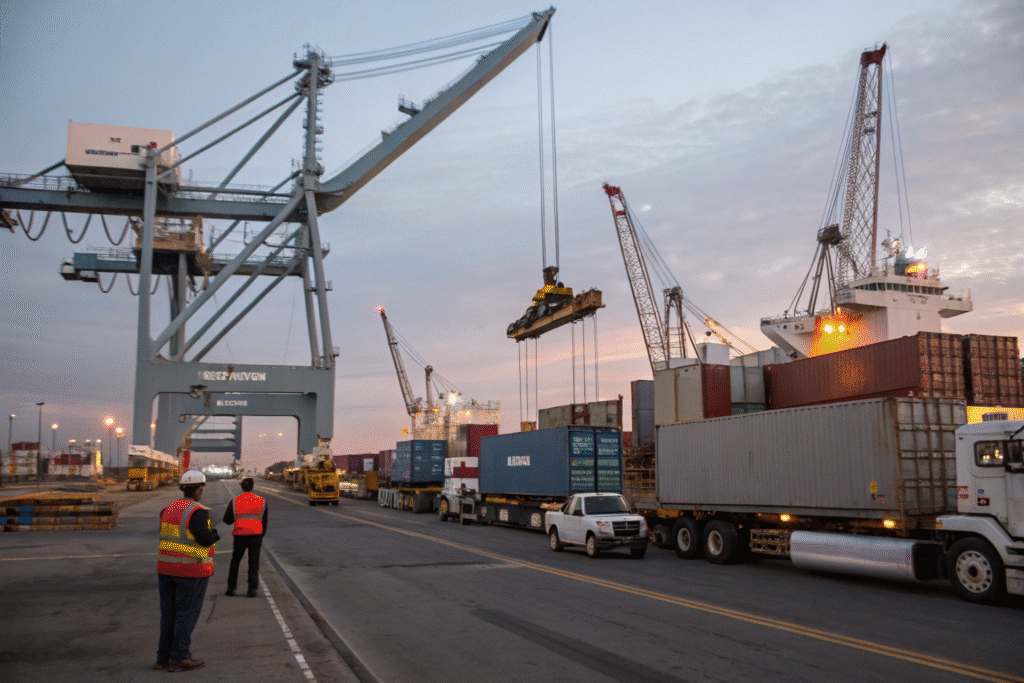
When Should You Use East Coast Ports?
- Final delivery is in NY, NJ, FL, or nearby
- You want to avoid West Coast congestion
- You need access to East Coast 3PL partners
Shipping to Savannah adds 7–10 days to ocean transit but may cut trucking fees dramatically. We've helped Ron do this when sending seasonal goods to a Florida-based distributor.
Are These Ports Growing?
Yes. East Coast ports are investing heavily in expansion. Savannah, for example, has become a leader in speed and clearance efficiency. It’s an excellent backup to West Coast bottlenecks.
Is Houston an Underrated Port for China–US Trade?
Houston has quietly become a powerful player in trans-Pacific freight. It’s ideal for shipments bound for the southern and central U.S., and it’s less congested than other major hubs.
The Port of Houston offers growing capacity, excellent customs coordination, and cost-effective rail/truck connections to major U.S. distribution zones.

Why Should Importers Consider Houston?
- Efficient customs clearance
- Access to Midwest and Southern U.S.
- Lower drayage and terminal costs
- Fewer delays during peak seasons
We once rerouted one of Ron’s containers to Houston when LA was overloaded. The container cleared in 48 hours, saving warehouse time and rush fees.
Is It Suitable for All Cargo Types?
Yes. Houston handles everything from electronics to textiles. For regular, high-volume China–U.S. trade, it’s a strong alternative—especially when West Coast rates spike.
Conclusion
Choosing the right U.S. port for your China imports is more than a shipping detail—it’s a strategy. From fast trans-Pacific routes through LA/Long Beach to reliable East Coast hubs like Savannah and Houston, each port brings different strengths. At GeeseCargo, we help clients like Ron weigh timing, cost, and reliability—so every container lands in the best possible place. Let’s make your next shipment smarter, not harder.
